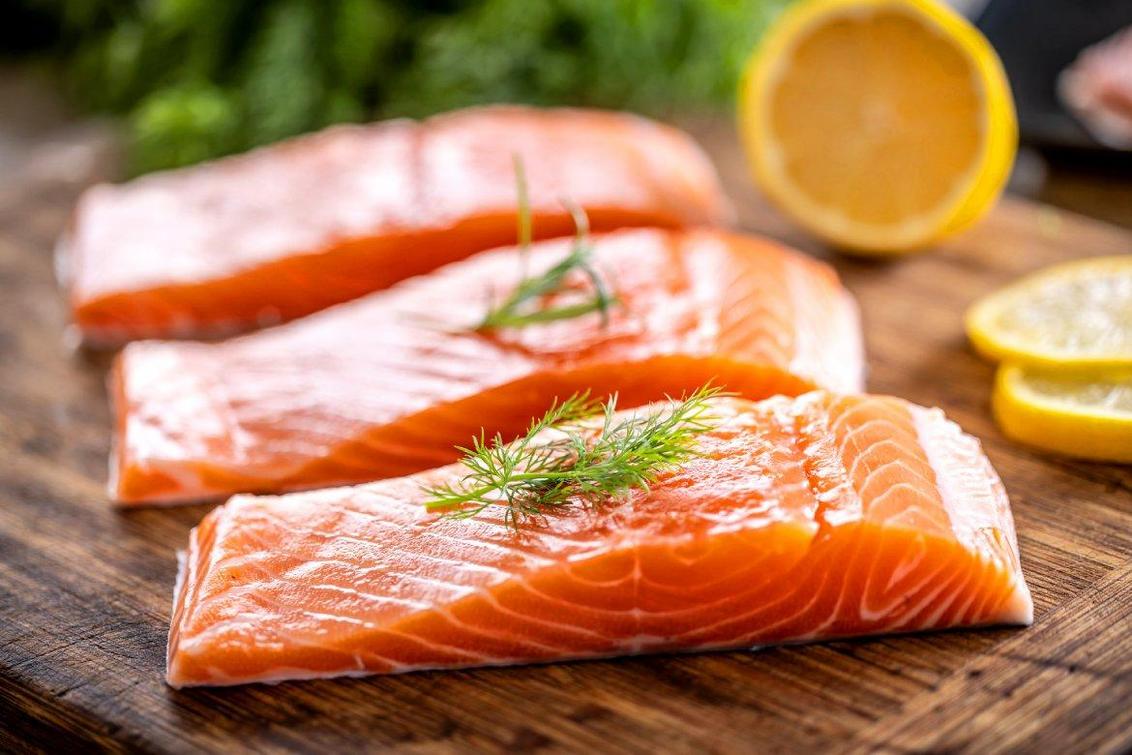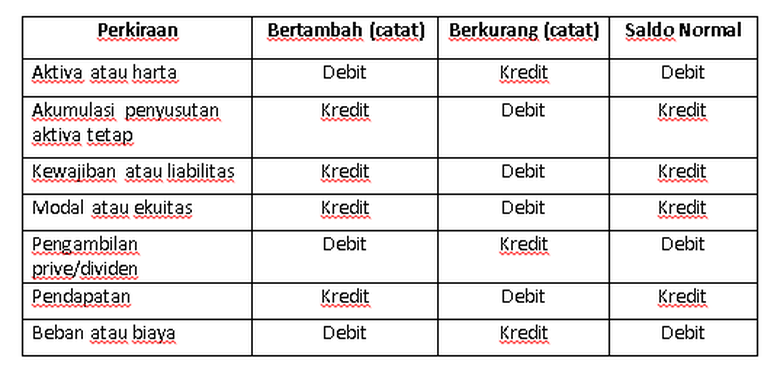
JAKARTA, inca.ac.id – Hey there! Let’s dive into a topic that’s close to my heart (and stomach): salmon nutrition. If you’re like me, you probably can’t resist a beautifully grilled salmon fillet or a fresh sushi roll. But have you ever stopped to think about where that salmon comes from and what it really offers in terms of nutrition? I’ve learned a lot over the years, so let’s chat about the differences between wild and farmed salmon, the health benefits, and what you should consider before your next dish.
The Wild vs. Farmed Debate
:max_bytes(150000):strip_icc()/salmon_annotated-3537c17f8adc4e129642456674dd6962.jpg)
First off, let’s tackle the big question: wild or farmed salmon? I remember the first time I really thought about this while shopping for dinner. I was at the grocery store, staring at the two options, and feeling overwhelmed. The wild salmon was more expensive, but I’d heard it was healthier. So, what’s the deal?
Wild salmon is caught in its natural habitat, usually in the ocean. It tends to be leaner and has a more robust flavor. I once had the chance to try fresh wild-caught salmon during a trip to Alaska, and let me tell you, it was a game-changer. The texture and taste were simply unmatched! Plus, wild salmon is typically higher in omega-3 fatty acids, which are great for heart health.
On the flip side, we have farmed salmon, which is raised in controlled environments. This type of salmon is often more affordable and readily available, which is a big plus for many families. However, farmed salmon can sometimes contain higher levels of contaminants and lower levels of omega-3s compared to their wild counterparts. I’ve talked to friends who work in the seafood industry, and they’ve shared stories about how farming practices can affect the nutritional profile. It’s definitely something to consider when making your choice.
Nutritional Benefits of Salmon
Now that we’ve touched on the sourcing, let’s get into the nitty-gritty of salmon nutrition. One of the standout features of salmon is its impressive omega-3 fatty acid content. These healthy fats are known for their anti-inflammatory properties and are linked to a lower risk of heart disease. I remember reading a study that highlighted how people who regularly consume omega-3s have better heart health and cognitive function. It’s pretty amazing how something as delicious as salmon can be so beneficial!
Salmon is also a fantastic source of protein. Just a 3-ounce serving can provide around 22 grams of protein, which is essential for muscle repair and growth. I’ve always found that having a protein-rich meal keeps me feeling full longer. I often pair my salmon with some quinoa and veggies for a balanced meal that fuels my day.
Another thing to consider is the vitamins and minerals found in salmon. It’s rich in B vitamins, particularly B12, which is crucial for energy production and maintaining healthy nerve function. Plus, it contains selenium, which plays a role in metabolism and immune function. I’ve noticed that when I incorporate salmon into my diet, I feel more energized and ready to tackle whatever life throws my way.
Environmental Considerations
While we’re on the topic of salmon nutrition, it’s essential to think about the environmental impact of our food choices. I once attended a sustainability workshop where the speaker discussed the importance of choosing responsibly sourced seafood. It opened my eyes to the fact that not all salmon is created equal.
When buying salmon, look for certifications like the Marine Stewardship Council (MSC) for wild salmon or the Aquaculture Stewardship Council (ASC) for farmed salmon. These labels indicate that the fish was sourced sustainably. I’ve made it a habit to check for these certifications when shopping, and it gives me peace of mind knowing I’m making a responsible choice.
Cooking Tips for Salmon
Now that we’ve covered the basics of salmon nutrition, let’s talk about how to cook it! There are so many delicious ways to prepare salmon, and I’ve tried quite a few. One of my favorite methods is grilling. There’s just something about that smoky flavor that elevates the dish. I remember the first time I grilled salmon; I marinated it in a simple mixture of olive oil, lemon juice, and garlic. It turned out perfectly flaky and flavorful!
Baking is another great option, especially for those busy weeknights. I like to wrap salmon in foil with some fresh herbs and vegetables, then pop it in the oven. It’s quick, easy, and clean-up is a breeze! Plus, the flavors meld beautifully as it cooks.
If you’re feeling adventurous, try making salmon sushi or sashimi. I once took a sushi-making class, and it was such a fun experience! Fresh salmon paired with rice and seaweed creates a delightful combination that’s hard to beat. Just make sure to use sushi-grade fish if you’re going this route.
Conclusion: Enjoying Salmon Mindfully
So, what’s the takeaway here? Salmon nutrition is packed with benefits, whether you choose wild or farmed. It’s a versatile, delicious option that can fit into various diets and cooking styles. But as with any food, it’s essential to be mindful of where your salmon comes from and how it’s prepared.
Next time you find yourself at the seafood counter or scrolling through your dinner knowledge options, remember the nutritional benefits of salmon. Whether you’re grilling, baking, or rolling sushi, you’re not just treating your taste buds—you’re also nourishing your body. So go ahead, indulge in that salmon dish, and enjoy every bite knowing you’re making a choice that’s good for you and the planet!
Read also about Health Research to explore groundbreaking studies, medical discoveries, and evidence-based insights that are shaping the future of healthcare and well-being.






